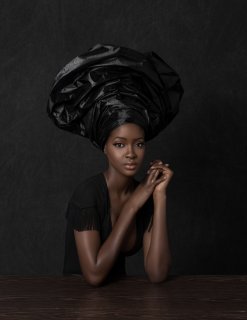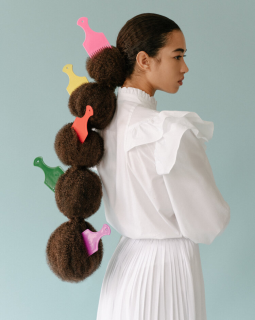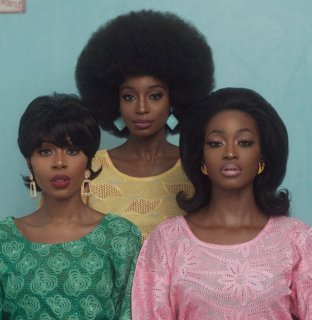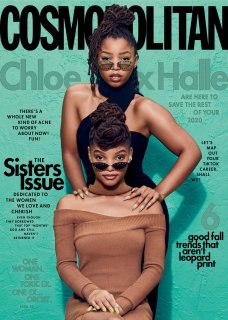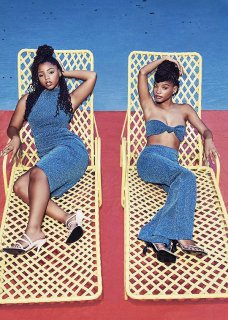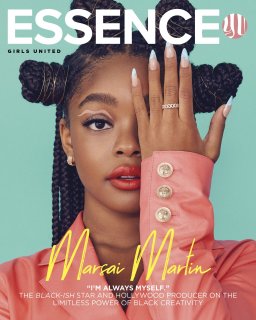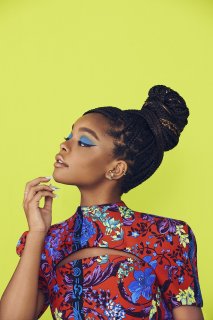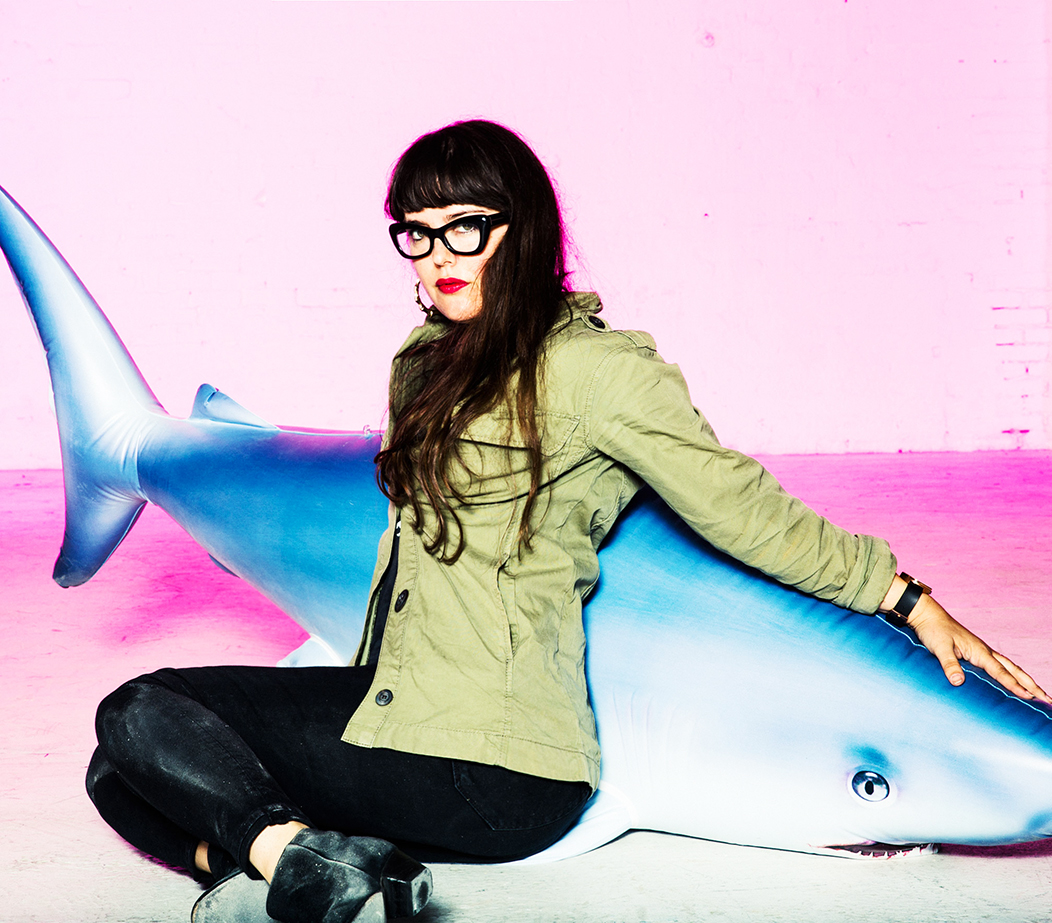They are simply not on the level of the Greats.
What does it take to get there? (serious question)
Judging from the way you insist on a 'level', it sounds virtually impossible to ever reach it, not just for anyone coming from a minority but.. everyone really. Do you assign any role to context, or conditioning? is it related to the state of the industry, or are you specifically talking about people of color and you do see potential in others who may not classify as such?
I don't know much about this topic because honestly, in all the years I've followed fashion photography, and I followed it obsessively for several years, I can only put a face on a few names.. I don't know what most people look like so I wouldn't know if it's diverse or not (I just assume it's not). I also know the 'greats' is a loose and subjective term... I have my favorites and never associate high demand with what I enjoy in photography, so if someone thinks Meisel is the messiah of fashion photography, good for them, but his photography is meaningless to me, as opposed to Koto Bolofo's, whose work was just.. something else, and completely superior to the work of most photographers of his time, and he happens to be black.
There are disadvantages clearly, you don't wake up one day and decide 'I'm going to be a great fashion photographer!'... such choice suggests a more advantageous life and the means to afford that profession, which is an expensive one and requires at least a handful of years working for peanuts. Who can opt for that? people with a solid background/family that is able to support them even when they're well into their 20s or even 30s. Or people living in places where you can live with limited means but under a system that does not let any of its citizens rot in misery.. like Denmark, I guess.
On top of that, you need connections.. and with connections, comes some stigma. Skepticism exists if you have a different way of working or approaching the subject (fashion in this case), so it can only increase if the person behind the camera looks different, too.
Like modeling, most if not all of the highly successful photographers from the mid and late 20th century, came from wealthy backgrounds, the sons of business owners, who were joining camera clubs at age 12 and entering the best art schools in their countries. They enjoyed all the time one can possibly have to refine your craft, explore, make mistakes and find your own vocabulary and personality. They also enjoyed a highly exclusive industry, without room for even the upper middle class. You can excel at the one thing you do well and enjoy the most if there's a constant incentive and retribution, and relaxed dynamics and performance demands due to exclusivity. Do we have that now? no, even those in slightly more experimental/art photography have had to comply with fashion demands of 'make EVERYONE happy'.. and that's a lot of (uneducated) people who are after fashion like a dumb and thirsty vulture and on to the next thing as soon as they temporarily satiate that thirst.
While things have become 'easier' or more accepting in terms of diversity in fashion photography, they're joining a field in a shambles. To remotely attribute what's happening in the industry to inferior talent or race, or speak of old times like they arrived from the above, with inexplicable and out of this world talent and magic for us to admire, seems like an infantile and lazy effort in wanting to understand why fashion photography is in a bad place and definitely removes the responsibility of conglomerates, not in whatever speech they're having, but in their business practices, in decimating smaller, independent designers and magazines alike (which were the ones that in recent decades, truly pushed photographers in terms of creativity) so that we're stuck with one voice (Vogue) that obeys to nothing but commercial purposes.
So when you consider all of the factors above and think of someone, let's not even focus on race, of
anyone coming from a family of 4 that pays rent and lives paycheck to paycheck.. and add to that the possibility of experiencing racial segregation on some level, of course there will be less representation, and of course it is important to find ways to create and support art programs in disadvantaged communities. Not necessarily photography, but arts in general. Fashion photography, even when it has one aim (sell fashion), has always managed to document our times and bring us closer to perspectives that challenge us and that are fascinating.. so it's a shame we're missing on so many points of view because there is little support and hardly any outlets.. we're stuck with 'this is what people like me look like!' or 'these are the underage girls that really turn me on!' bulls*it photography.. no one needs that, no one's ever going to remember that, it says
nothing about our times.
Finally, no, Armenian is not white, white-passing at times, sure, but let's not deny their long history as a dark-skinned minority in places like Russia. And yeah, never heard of this Ramona person but a quick google search stated it well: half-Swedish, half-Spanish. It's all ambiguous anyway.. the classification obsession pushed by the US' own obsession with race is getting out of control.. I've even read here 'as a white man..', no you're positively POC in the US but also, does it matter if your country is at war and you're not in the US? don't think so.
